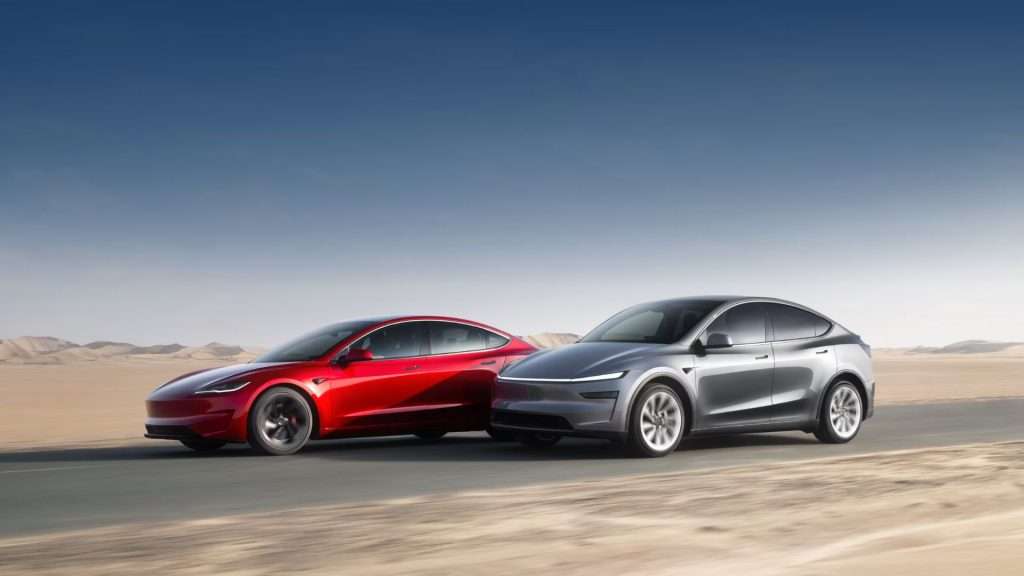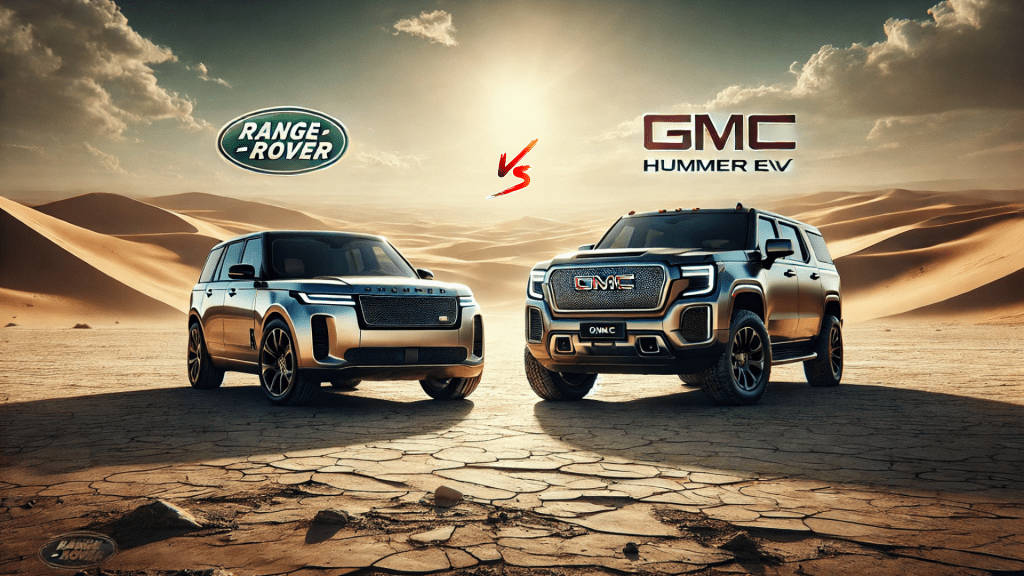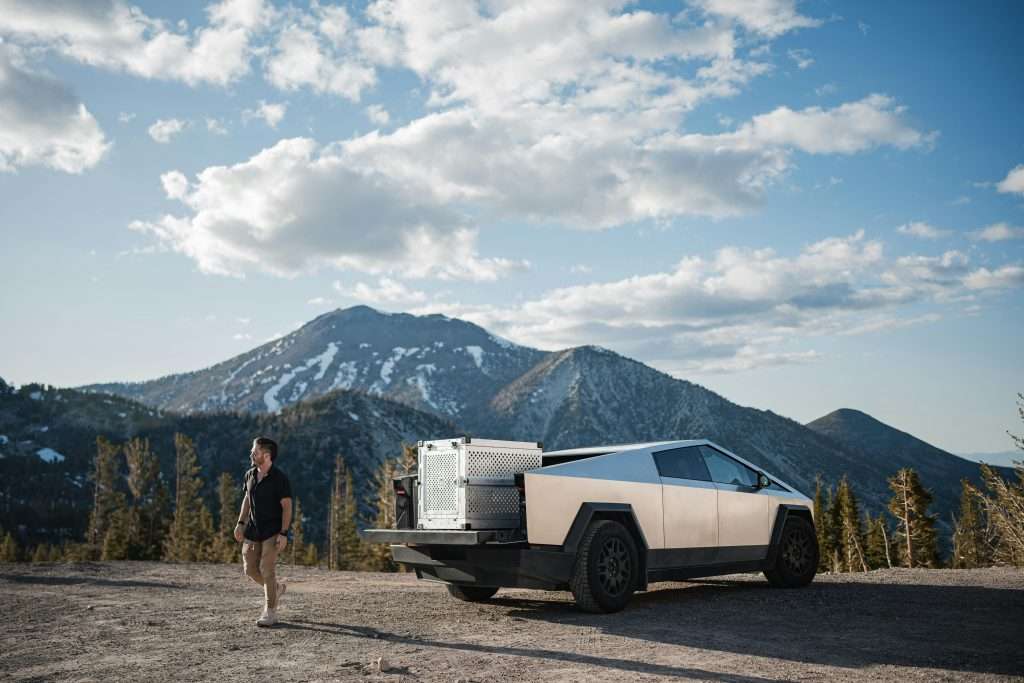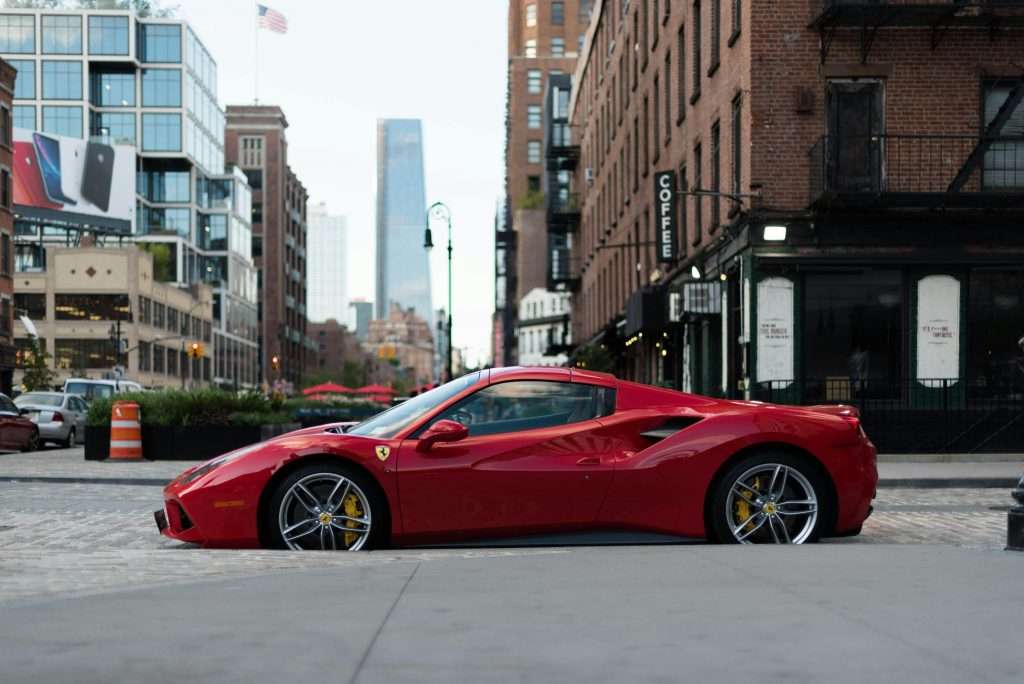The automotive world is at a crossroads, with the electric vehicle (EV) revolution shifting from a niche movement to a mainstream reality. In 2025, the landscape of electric cars is more dynamic and exciting than ever. From technological breakthroughs to a wider range of models, this year promises to be a pivotal one for the industry. This blog post explores the key trends, must-watch models, and the innovations that are shaping the future of electric cars.
Why Electric Cars Are Taking Over
The accelerated adoption of electric cars is no accident. It’s a confluence of powerful factors, making EVs a compelling choice for an ever-growing number of drivers.
- Environmental Benefits: With growing global concerns about climate change, EVs offer a direct solution to reducing tailpipe emissions. Their zero-emission operation helps improve urban air quality and lowers our overall carbon footprint, a key driver for consumers and governments alike.
- Rising Fuel Costs: As traditional fuel prices fluctuate and generally trend upward, the economic case for electric cars becomes stronger. The cost of electricity for charging is significantly more stable and often cheaper than gasoline or diesel, leading to substantial long-term savings for owners.
- Government Incentives: Governments worldwide are pushing for EV adoption through a variety of incentives. These can include tax credits, purchase subsidies, and other benefits like free parking or access to special lanes. These policies make the initial high cost of an EV more manageable and encourage a quicker transition.
Top EV Models to Watch in 2025
The market is no longer dominated by a few players. In 2025, a wave of new and updated models from both established and emerging manufacturers is hitting the roads, catering to a wider range of budgets and lifestyles.
- Tesla Model S Plaid: Still a benchmark for performance, the updated Model S Plaid continues to showcase Tesla’s dominance in the high-performance EV segment. With its blistering acceleration and long-range capabilities, it remains a dream car for many enthusiasts.
- BMW iX: BMW is making a strong statement with its iX, a luxury electric SUV that combines a striking design with cutting-edge technology and a premium driving experience. It’s a testament to how traditional automakers are embracing and excelling in the electric era.
- Audi e-tron GT: The e-tron GT is a beautiful and powerful grand tourer that proves electric cars can be both sustainable and stylish. Sharing a platform with the Porsche Taycan, it offers exhilarating performance and a luxurious, futuristic cabin.
Beyond these well-known names, a host of other exciting models are due to arrive, including the BMW iX3, Hyundai Ioniq 9, Kia EV4, and the new electric Range Rover. The trend is clear: there’s an EV for every need, from affordable city cars to rugged trucks and high-end luxury sedans.
EV Technology Innovations
The rapid evolution of EV technology is the engine of the industry’s growth. 2025 is a year of significant advancements.
- Battery Efficiency: The holy grail of EV development is improving battery technology. We’re seeing a continued push for higher energy density, allowing for longer ranges in smaller, lighter battery packs. Innovations in battery chemistry and manufacturing processes are making batteries more durable and less expensive.
- Fast-Charging Networks: “Range anxiety” is quickly becoming a thing of the past. Ultra-fast charging networks are expanding globally, with more powerful chargers that can add hundreds of miles of range in just minutes. New regulations and industry-wide collaboration are making these networks more reliable and accessible than ever before.
- Autonomous Driving Integration: EVs, with their sophisticated software and electronic systems, are the perfect platform for autonomous driving technology. In 2025, we’re seeing more advanced driver-assistance systems (ADAS) and even early-stage fully autonomous features integrated into new models, promising a safer and more convenient driving experience.
Challenges for EV Adoption
Despite the incredible progress, the path to a fully electric automotive future isn’t without its obstacles.
- Charging Infrastructure: While fast-charging networks are growing, the density and reliability of public charging stations in many areas remain a challenge. This is particularly true for drivers who don’t have access to at-home charging, a key issue that needs to be addressed for mass adoption.
- High Initial Cost: While battery costs are falling, the sticker price of a new EV can still be a significant barrier for many consumers, especially when compared to a traditional gasoline car. Affordability is a major focus for manufacturers and governments.
- Consumer Awareness: There are still many myths and misconceptions about electric cars, from battery lifespan to maintenance costs and performance. Educating the public and building trust are crucial steps for the industry.
FAQs
Conclusion
2025 marks a turning point for the electric car industry. It’s a year defined by increased choice, technological maturity, and a growing consumer confidence. While challenges like infrastructure and cost remain, the industry is addressing them head-on. As batteries get better, charging gets faster, and more models become available, the future of automobiles looks undeniably electric.
Read More
To learn more about the latest trends in the automotive world, check out our other articles at Automobiles.





